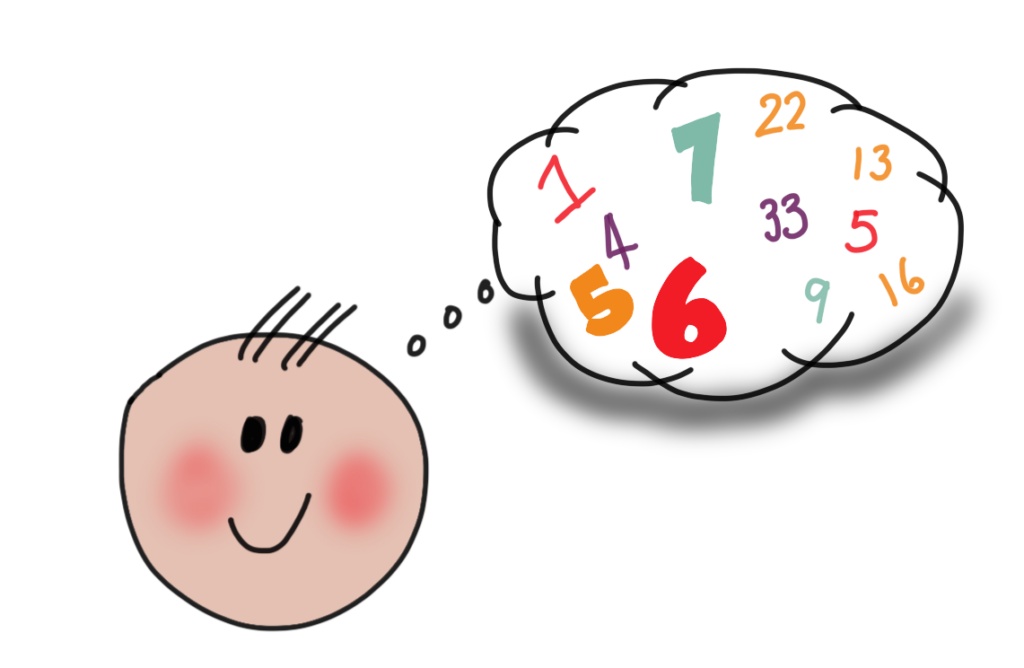This title has been taken from the Towards Maturity report published in August of this year. I was immediately drawn to the title and anyone who knows what a maths geek I am will understand why.
I always loved numbers and even just playing with them, multiplying numbers by themselves repeatedly just for fun! Yes I know it’s not normal and I also appreciate that not everyone else has the same love of numbers, in fact quite the opposite. I have several friends who will admit that numbers are almost a phobia.
Reading this report, it is quite evident that we, in L&D are not great at collecting and using data to its best advantage. Some of the figures that struck me were:
- Of those aspiring data to affect change only 2/5 were able to say that it helped the, demonstrate business impact (40%)
- Also only 3/5 were successful in using data to help solve business problems (60%)
Bear in mind that was from a sample size of 700+ and the two figures above were those people who were reallytrying to use data affectively. This means in reality that there will also be a number of people not even trying so the 40% and 60% are likely to be very optimistic figures.
The most likely reasons cited were:
- Data and it’s analysis is complicated
- Lack of L&D skills in this area
If I look at the second point first. Why are we not addressing this lack of skills? Is it this phobia of numbers? A fear of what to do once you start collecting? An expectation that things have to change once you start collecting data effectively? Maybe it’s a combination of all three? Or maybe a misconception around what it means to collect and analyse data?
For me it is quite simple (and this may address the first point). In L&D we need to get nosey. When someone asks us to deliver a leadership programme, we need to ask why and how will you know it has been successful? If the first person who asks you doesn’t know, then ask someone else. Is it a real need or a perceived need?
The perceived need may be something like employee engagement scores being low. What we really need to determine is what effect that is having on the performance of the business:
- High recruitment costs?
- Lack of agility in the marketplace because there is a high attrition rate, staff not as familiar as they should be about products?
- Poor customer service because the tools they use have had little investment?
So when you look at these examples, you can start to see it really is not about data analysis, but curiosity, perseverance and a healthy dose of skepticism. If you can pinpoint what the problem is and it is a real business need, then what you need to measure will be very obvious:
- Reduction in recruitment costs
- Reduction in time to market with new products
- Range of new products and uptake
- Attrition rate
- Customer satisfaction scores
These are not L&D statistics these are business measures and having highlighted the purpose of your L&D focus, the business will also want to measure it. That is not to say that at times you are not needed to do some data analysis and collection but I think we are over complicating it and not getting to the nub of the problem.
In my book (currently in first draft) “How not to Waste your Money on Training’ I will show people simply how to “find the story in the data”. Using a simple example of a scoring grid, I will show how you can, using a spreadsheet and playing with different graph types, discover little parts of the truth about what is going on. It takes a click and a small amount of curiosity. If you want to try it out then just use this example, using Excel to play around with different types of charts:
- Bar chart
- Pie chart
- Stacked bar
- Spider diagram
For each format ask yourself “what do I see now?”. Using this approach of curiosity and play I discovered:
- A bar chart gives a good comparison one person against another for each part of their role
- A spider diagram shows how well-rounded each team member is in their own right. Some are not rounded at all! Tracy seems the most well rounded.
- Stacked column shows the teams strengths and weaknesses:
- Who is the strongest in sales skills?
- Who is the weakest in product knowledge and working independently (why might this be? Manager poor at delegating?)
So I would urge you L&D, before spending a lot of money on data analytics experts, get nosey and do some detective work yourselves. Keep it simple and dig into what is going on beneath the surface. Don't just take one persons viewpoint or use just one method, mix it up and start finding the story in the data!
My conclusions from the report and my own anecdotal research suggests that:
- L&D does not have the skills required for data analysis (I had better get that book finished!)
- It is not as complicated as you think
- It is about asking the right questions and finding the story in the data
- We don't always need data analytics experts to do this!











2 Responses
x
x
Thanks for another great
Thanks for another great article. You have a way of making what most of us think is really complicated look simple and straightforward. I do agree with you that with a bit of curiosity, asking the right questions and using basic descriptive statistics, we can do a lot of beneficial analytics for learning and development.
Again, thank you.